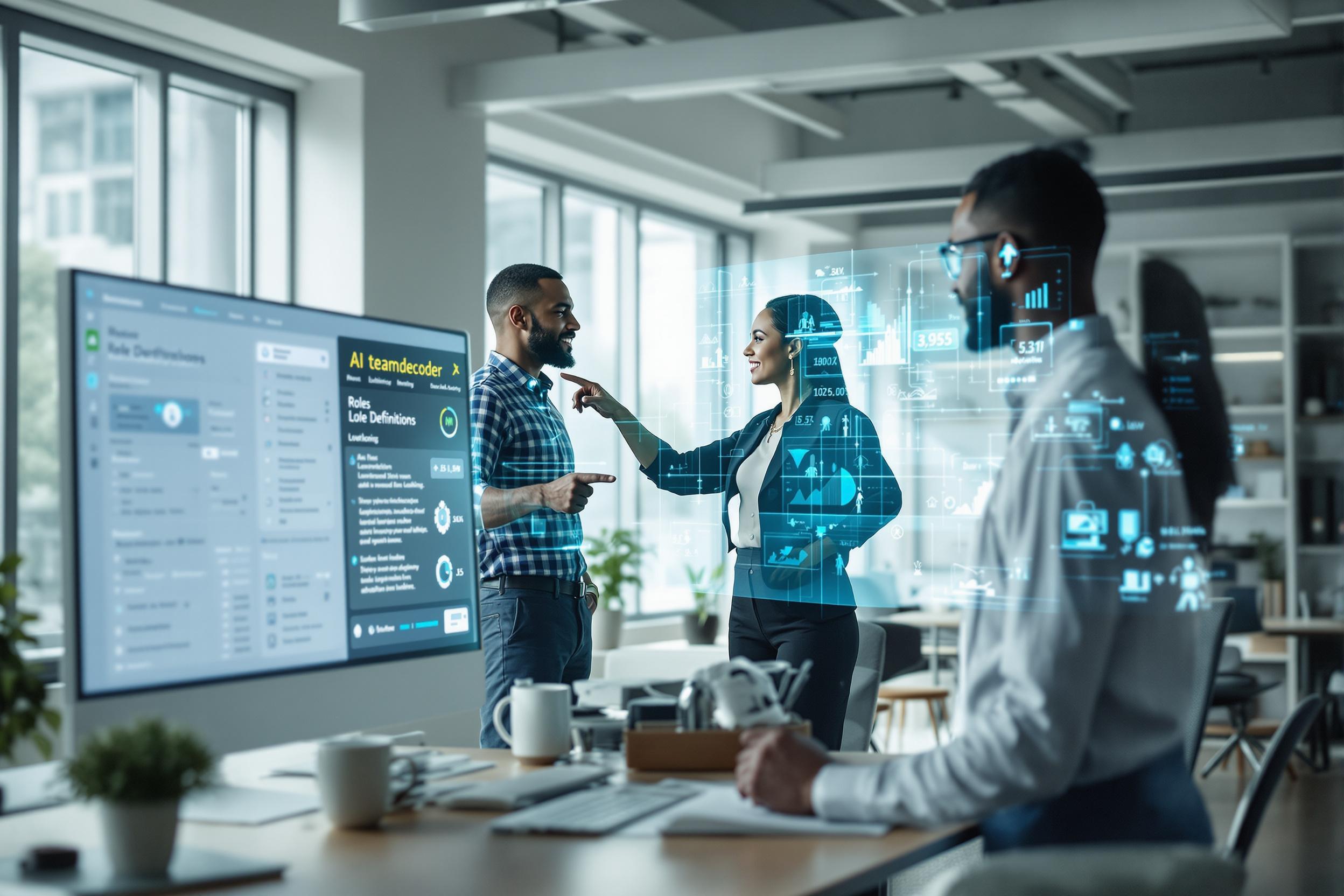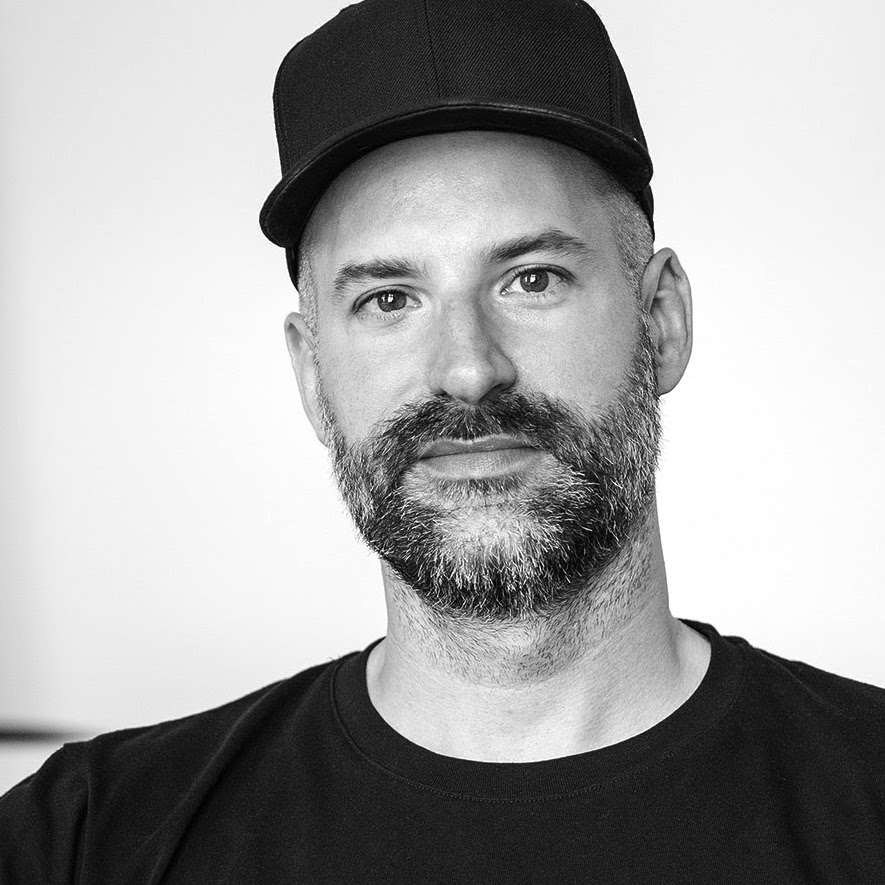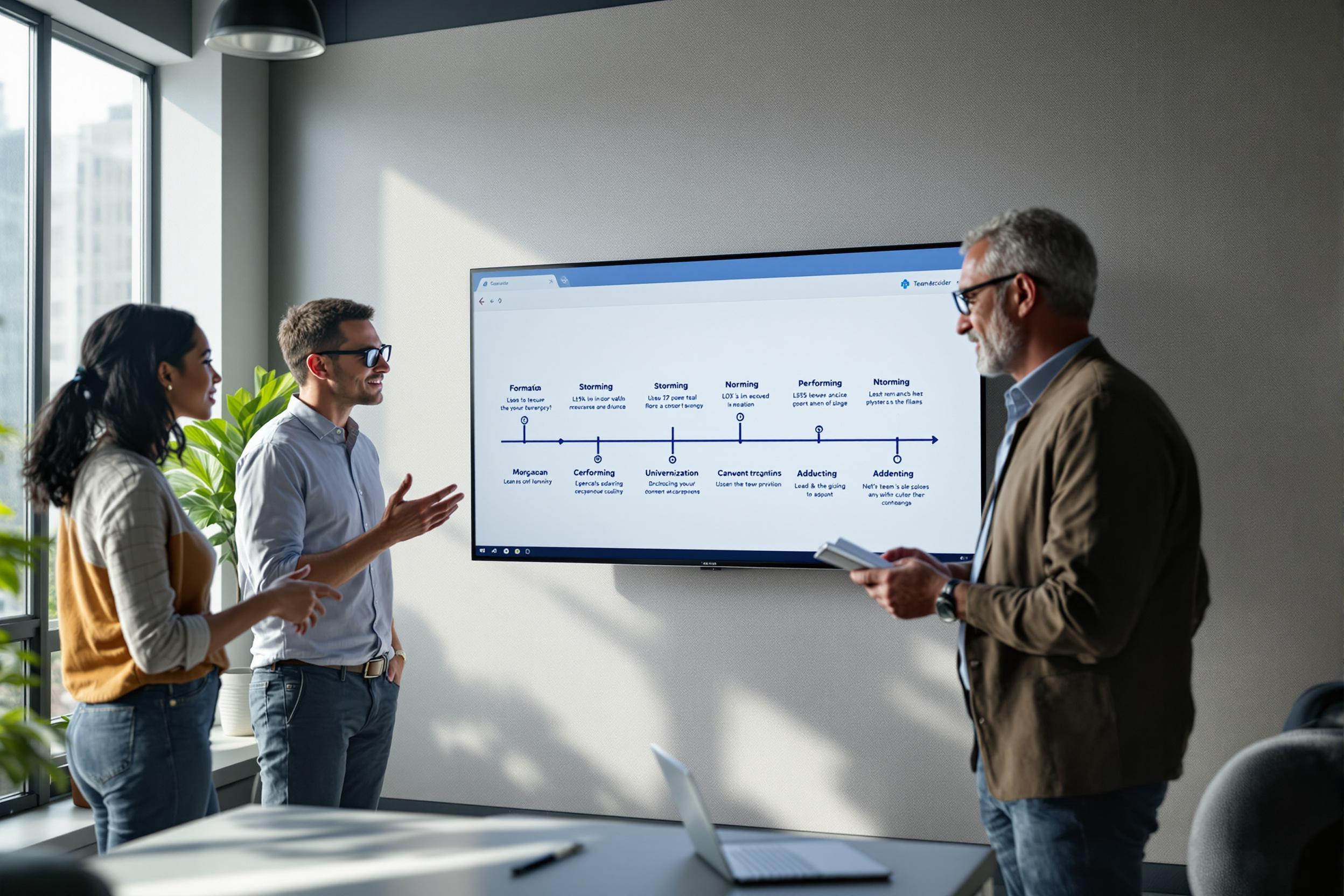Key Takeaways
Integrating AI as a new team member can boost team productivity by up to 40 percent by automating repetitive tasks and freeing up humans for higher-value work.
A human-in-the-loop approach is critical for overcoming AI adoption hurdles, such as a lack of trust and knowledge, which affect over 70 percent of German companies.
Successful AI integration requires redesigning team structures and roles, a challenge for which 70 percent of organizations feel unprepared but can be solved with clear frameworks and tools.
Integrating an AI as a new team member is the next frontier in organizational development. While 41 percent of German companies are now using AI, many struggle to move beyond basic applications. The real challenge is not just adopting technology; it is redesigning team structures to create a powerful hybrid of human and machine intelligence. This shift requires Team Architects-leaders, consultants, and HR experts-to redefine roles and responsibilities with precision. With the right framework, you can conquer the operational chaos, turning change fatigue into a strategic advantage. teamdecoder provides the clarity needed to make your human and bot teams click, ensuring every member, human or AI, works in perfect harmony.
Boost Productivity by Integrating AI into Core Team Functions
Teams augmented with generative AI significantly outperform those relying only on human collaboration. In fact, using AI can increase team productivity by up to 40 percent in creative and analytical tasks. German companies are noticing, with 70 percent anticipating productivity improvements from AI within five years. These gains range from an average of eight percent to 16 percent across various sectors. For Team Architects, the goal is to move AI from a peripheral tool to a core team function. This starts by identifying repetitive tasks that AI can automate, freeing up human members for higher-value work. For example, GLS used teamdecoder to clarify roles during a major logistics overhaul, increasing efficiency by over 15 percent. By clearly defining tasks for both humans and AI, you create a system where everyone contributes their best work. This approach transforms the concept of an AI-augmented team into a daily reality. Think of your AI as a super-intern. Give it the boring stuff so your human stars can shine. With a clear view of tasks, the next step is structuring these new hybrid teams for success.
Structure Hybrid Teams for Clarity and Performance
Effective hybrid team governance is essential, as 70 percent of organizations believe AI agents will require organizational restructuring. In Germany, 48 percent of large companies with over 250 employees are already adopting AI technologies. This rapid adoption highlights the need for clear frameworks that define how humans and AI collaborate. Without them, you risk confusion and inefficiency, undermining the potential gains. A structured approach to role definition prevents overlap and ensures accountability. Here is how Team Architects can build clarity: Map all team tasks and workflows transparently. Assign clear ownership for each task to either a human or an AI agent. Define communication protocols between human and AI team members. Establish metrics to measure the performance of hybrid processes. Use a tool like teamdecoder to visualize these new Human-AI Teaming structures. Regularly review and adapt roles based on performance data. The key is treating the AI as a genuine team member with a defined role, not just a piece of software. Beiersdorf, for instance, streamlined its innovation pipeline by clarifying roles with teamdecoder, which accelerated project delivery by 20 percent. This clarity is the foundation of high-performing hybrid teams. Once roles are defined, you can focus on overcoming the common hurdles of AI adoption.
Overcome Adoption Hurdles with a Human-in-the-Loop Approach
Despite the benefits, AI adoption faces significant barriers. In Germany, 71 percent of companies cite a lack of knowledge as a key hurdle, while 58 percent worry about legal consequences. Furthermore, trust in fully autonomous AI has dropped from 43 percent to 27 percent in the past year. These numbers show that a purely tech-driven rollout is destined to fail. A human-in-the-loop strategy is essential for success. This approach keeps humans in control, using AI to augment their skills rather than replace them. For example, LYNX, a financial services company, used teamdecoder to manage a complex restructuring, ensuring that their experts remained central to the decision-making process, supported by AI-driven data analysis. This increased their operational agility by 25 percent. You can try teamdecoder for free to see how it works. By keeping people in charge of a human-in-the-loop team, you build trust and accelerate adoption. Deep Dive: The EU's AI Act requires human oversight for many AI systems, making a human-centric approach not just good practice, but a legal necessity. This framework ensures that AI systems are transparent and that humans can intervene when necessary. With a trusted framework in place, the focus can shift to scaling these capabilities across the organization.
Scale Your Organization by Templating Roles and Responsibilities
Scaling your business requires a repeatable model for team and role design. As startups grow, clearly defined roles are needed from day one to avoid operational chaos. In Germany, 508 AI startups were active in 2023, all facing the challenge of scaling effectively. Using templates for common roles and team structures can accelerate this process by over 30 percent. Team Architects can create a library of role templates for various functions. Here are some examples: 1. Customer Centricity Template: Defines roles for sales, support, and marketing, with AI handling initial customer queries and data analysis. 2. DEI Template: Structures roles to ensure diverse hiring panels and unbiased performance reviews, with AI flagging potential biases in job descriptions. 3. Sustainability Template: Assigns responsibilities for tracking environmental KPIs, with AI automating data collection and reporting. 4. Strategy Operationalization Template: Maps roles for turning strategic goals into actionable tasks, with AI monitoring progress and resource allocation. These templates provide a plug-and-play solution for new teams or restructuring efforts. The German Youth Hostels used teamdecoder to standardize roles across their locations, improving consistency and efficiency. This systematic approach to AI-powered organization design is crucial for sustainable growth. With a scalable model, the final piece is fostering a culture of continuous improvement.
Foster Continuous Improvement with AI-Powered Role Analysis
The modern organization is never static. Continuous improvement is essential, and AI can be a powerful ally. By using an AI-powered role analysis platform, Team Architects can monitor role effectiveness and identify areas for optimization. In Europe, only 36 percent of organizations regularly use AI, creating a significant opportunity for those who do. An AI can analyze workflows and suggest adjustments to improve efficiency. For example, it might identify a bottleneck where a human is performing a task that an AI could do 50 percent faster. Tech Solute, a technology services provider, used teamdecoder to continuously refine its team structures, leading to a 15 percent year-over-year improvement in project margins. This data-driven approach to organizational development ensures that your teams are always operating at their peak. Let your AI be the team's personal trainer, always looking for ways to get fitter and faster. *Make Bots and Humans Click* by giving them the data to improve together. This commitment to ongoing optimization is what separates good teams from great ones.
Embrace the Future of Work with Hybrid Intelligence
The future of work belongs to hybrid teams where human and artificial intelligence collaborate seamlessly. This concept of a hybrid intelligence team is no longer theoretical. In Germany, the AI market is projected to reach €28.56 billion by 2030, signaling a massive shift in how work gets done. Companies that master this new dynamic will gain a significant competitive advantage. The journey starts with acknowledging the overwhelm and change fatigue that many teams feel. By introducing AI as a supportive new team member, you can alleviate their workload and provide them with the tools to succeed. The goal is to create a workplace where, as the song goes, *Teams Just Wanna Have Fun* because they are unburdened by repetitive tasks and empowered by clarity. With tools like teamdecoder, you can design, test, and implement these new team structures with confidence. Try teamdecoder for free - shape your team and make change feel like play! You can find more information about our pricing here. #TeamArchitecture #HybridTeam #AIIntegration #FutureOfWork
More Links
German Federal Ministry for Economic Affairs and Climate Action offers a publication on Industry 4.0, AI, and robotics.
Fraunhofer Institute for Industrial Engineering IAO provides insights into Human-Centered AI, specifically focusing on AI in the workplace.
acatech (German National Academy of Science and Engineering) presents a publication on using AI to increase participation in the workplace.
German Federal Statistical Office (Destatis) shares a press release likely containing statistics related to the labor market and the impact of AI.
McKinsey Global Institute (MGI) provides a report (German version) on the future of work with Generative AI.
BCG (Boston Consulting Group) issued a press release indicating that two-thirds of Germans use AI in the workplace, referencing a BCG study.
Think Tank of the German Federal Ministry of Labour and Social Affairs focuses on Artificial Intelligence on their website.
Institut der deutschen Wirtschaft (German Economic Institute) offers an IW Trends publication likely covering economic trends related to AI and the labor market.
German Federal Institute for Occupational Safety and Health (BAuA) provides a report likely related to safety and health aspects of technology in the workplace.
FAQ
How can teamdecoder help with integrating an AI as a new team member?
teamdecoder helps by providing a visual platform to map out and clarify new roles and responsibilities within a hybrid team. It allows you to define the tasks for both humans and AI, showing how they interact and collaborate. This clarity reduces confusion, builds trust, and helps make the AI a productive member of the team from day one.
Is teamdecoder suitable for small startups and large enterprises?
Yes, teamdecoder is designed for teams of all sizes. Startups can use it to establish clear roles from the beginning, ensuring they can scale without chaos. Large enterprises use it for restructuring, transformation projects, and managing complex hybrid teams. We offer different plans, including a free version for smaller teams.
What is a 'Team Architect'?
A 'Team Architect' is anyone responsible for designing and building effective teams. This includes external consultants, internal HR business partners, department heads, and founders. They are the ones who define roles, responsibilities, and workflows to ensure a team achieves its goals.
How does teamdecoder support hybrid team governance?
teamdecoder supports hybrid team governance by creating a single source of truth for who does what. By clearly documenting the roles of both humans and AI, it establishes clear lines of accountability and communication. This living org chart helps in managing the complexities of hybrid teams and ensures everyone is aligned.
Can I try teamdecoder before committing?
Absolutely. We believe in the power of play and experimentation. You can try teamdecoder for free to explore its features and see how it can help you shape your team. This allows you to experience the benefits of clarity and flow firsthand.
What kind of case studies do you have?
We have published case studies from a wide range of industries, featuring companies like GLS, Beiersdorf, Daiichi Sankyo, and the German Youth Hostels. These examples showcase how teamdecoder has helped solve real-world challenges in organizational development, restructuring, and team alignment.





